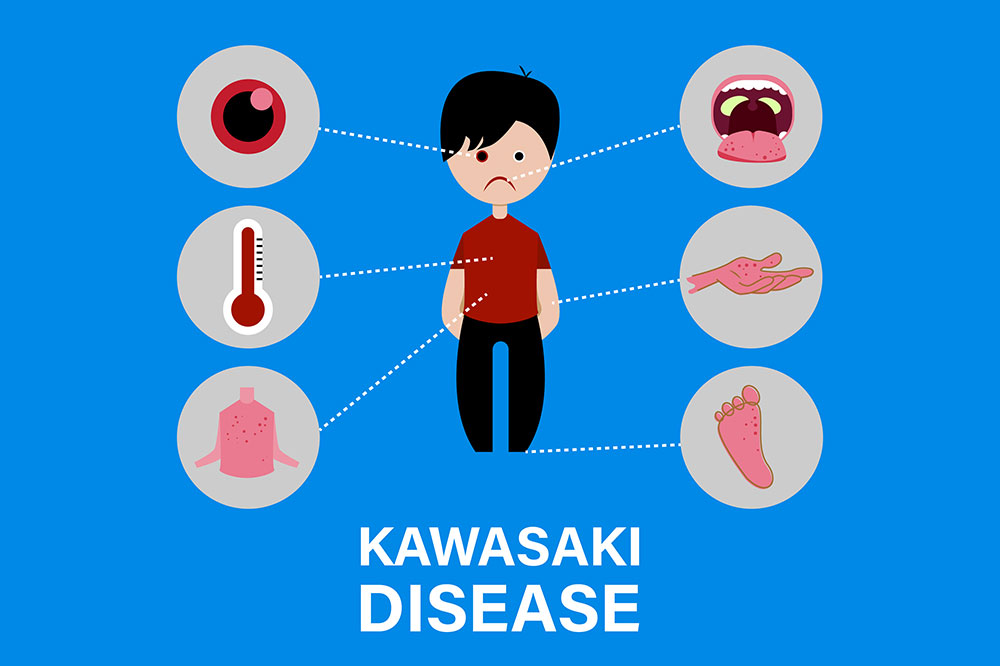Kawasaki disease – causes and symptoms
Kawasaki disease is also sometimes referred to as mucocutaneous lymph node syndrome. It was first detected in Japanese children in the 1960s. It is a rare disease that typically affects children under the age of five. This rare disease affects 9-20 children among 100,000, which makes it more crucial to know its causes and look for the following symptoms.
Causes of Kawasaki disease
Although the exact cause of the disease is not known, doctors believe that Kawasaki disease can be a result of bacterial or viral infection. Having a low immune response can also increase the risk of the disease.

Some doctors also suggest that Kawasaki disease may also be caused due to toxic substances called bacterial superantigen, which is produced by a particular type of bacteria called streptococci or staphylococci. These bacteria may trigger the immune system, leading to infiltration of blood vessels. As a result, this may cause vasculitis or blood vessel inflammation, increasing the risk of cardiovascular damage. Kawasaki disease can also be inherited genetically, as it can pass from one generation to another.
Symptoms of Kawasaki disease
Children suffering from this disease may exhibit symptoms in the following phases:
- Phase 1
The phase lasts for up to two weeks, and it is generally considered acute. Children may have a high fever, or the body temperature may fluctuate. Sometimes, the fever may not respond to typical medications used to subside it. Some patients may also develop skin rashes.The skin on their fingers and toes may harden, turn red, and also exhibit swelling. These symptoms can be painful to touch, as the child may become reluctant to walk or crawl. Other parts of the body that show similar symptoms include the lips, mouth, and tongue. In some cases, children with Kawasaki disease may also have swollen lymph nodes and conjunctivitis.
- Phase 2
This is a milder or sub-acute phase and may last for another two weeks. Children in phase 2 may also experience abdominal pain, vomiting, diarrhea, pus in the urine, peeling of hardened skin, and swollen joints. - Phase 3
Children recover in this phase, as most of the symptoms begin to improve. Although some may recover with proper treatment, they may still lack energy due to the painful symptoms that last for almost a month.

